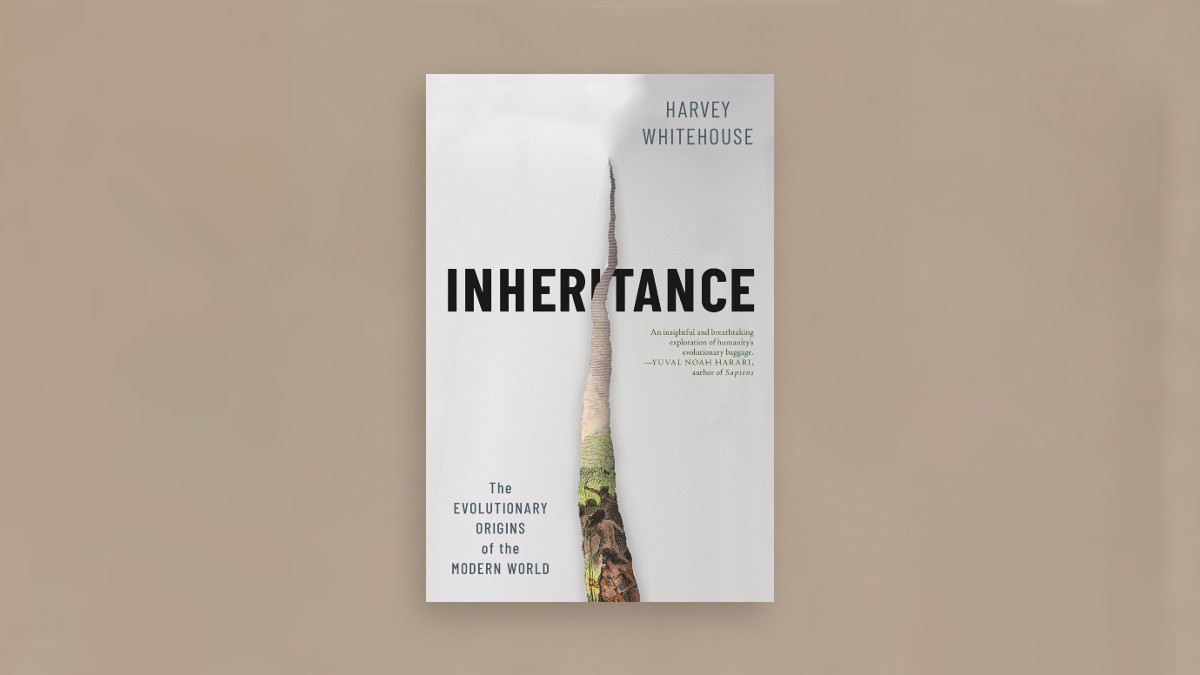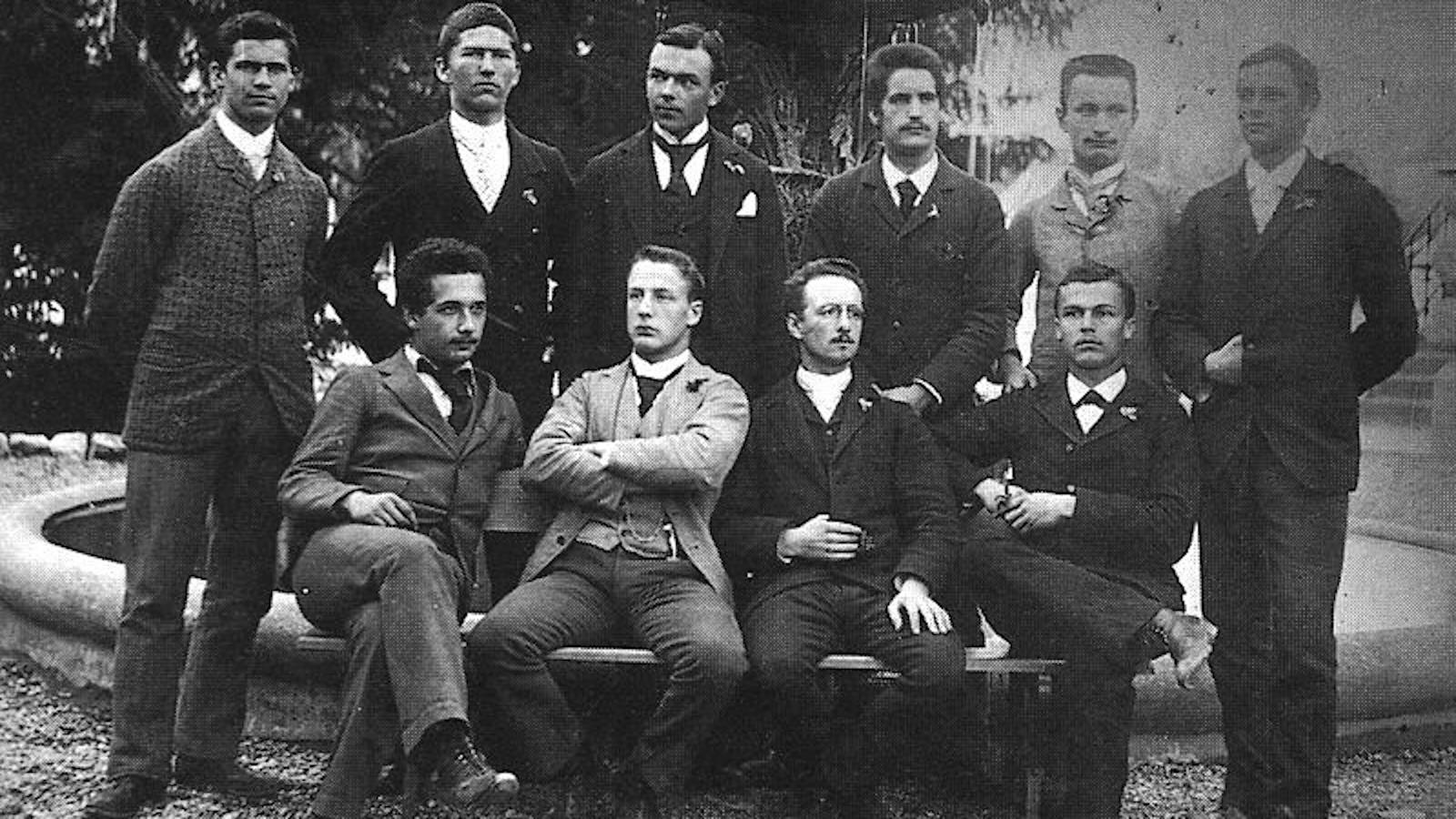Making sense of it all

Being a scientist doesn’t always allow for much free time. You have to raise funding, teach classes, run experiments, and publish gazillions of papers. With such big to-do lists, just keeping up with the literature in one’s field can be daunting. That’s certainly the case in my field: the cognitive and evolutionary study of religion, a broad cluster of research programs focused on how religious beliefs and behaviors evolved in humans.
It’s important that researchers who study religion understand one another’s findings and theories. Otherwise, they can’t adequately compare ideas. What’s an early-career researcher—like me—to do? Well, how about create a new job—one dedicated full-time to carefully reviewing findings in the scientific study of religion?
With funding from the John Templeton Foundation, that’s exactly what I recently did. At the Center for Mind and Culture in Boston, I’m working on the Synthesizing Empirical Findings and Theory in the Scientific Study of Religion Project (SEFT) until 2020.
The gist of this project is simple:
1) The cognitive, biological, and evolutionary sciences of religion are growing fast, so it’s hard for anyone to keep up with everything that’s being published.
2) In order for our shared research efforts to be most effective, someone needs to collect, compare, and make sense of all the findings from hardworking researchers around the world.
3) That someone is me.
The more complex version goes like this. Scientists and their labs produce empirical data—measurements, survey reports, data analyses. They transform the messy landscape of reality into pristine tables of numbers. But collecting quantitative data is only a single step on the road toward scientific knowledge. Scientists also have to interpret the numbers—they have to make sense of them, compare them with predictions, figure out what they’re telling us.
For example, one key question is, do the numbers match what the hypothesis predicts? But by far the more important question is, do the data and hypothesis together say anything about the underlying theory? If they don’t, then we can’t really adjudicate between rival ways of answering the question we’re asking—whether it’s about hypertension or the evolutionary origins of religion. Theories, in turn, are often bundles of suppositions, half-articulated mechanisms, and interpretive paradigms, so it can take a lot of careful thinking to figure out what they really imply.
Minimal counter-intuitiveness
Here’s an example from my field. The theory of minimal counter-intuitiveness (MCI theory) entails that religious ideas and beliefs are likely to be violations of basic intuitions about folk physics, folk biology, or folk psychology. “Folk” here just means non-scientific—the basic gut expectations people have about how physical objects, animals, or people behave. For example, one physical object can’t slide through another one, animals can’t live forever, and people can’t instantly know about things that are happening far away.
MCI theory predicts that we’re more likely to remember and pay attention to stories that violate just a few of these basic intuitions. Accordingly, religious narratives often have a few violations of intuitive expectations, but not too many. The New Testament recounts Jesus eating, sleeping, and dying, just like any other person or animal. But he also comes back to life after death—that’s not something we naturally expect people to do. So we pay attention to the story. It’s “attention-grabbing.”
MCI theory is fairly well accepted by most people working in the scientific study of religion, but there’s plenty of healthy debate about what it tells us and what it really predicts. One pair of researchers recently argued that many religious stories actually violate schematic intuitions, not just innate ones. Schematic intuitions are conceptual associations that are learned, not evolutionarily inborn. For instance, people learn from a young age that stop signs are red. Seeing an octagonal sign colored purple would be a violation of our schematic expectations, but not our inborn, evolutionary category intuitions.
The researchers in question—anthropologist Benjamin Purzycki and psychologist Aiyana Willard—argued that, in much of MCI theory, it isn’t clear whether the focus is on narrative violations of “deep,” evolved inferences or “shallow,” schematic ones. MCI theory builds on key concepts from evolutionary psychology that are nevertheless used in very different ways by different authors. Yet few researchers attempt to keep careful track of these variations in meaning. The resultant lack of clarity hampers research, because it’s hard to properly interpret or compare the results of different studies when they’re not always talking about the same ideas in the same way.
With the SEFT project, I’ll be dedicating my full-time efforts to addressing conceptual and theoretical problems like this in the scientific study of religion.
Ritual and “embodiment”
One example centers on ritual and “embodiment.” Many psychologists and cognitive scientists have argued that synchrony, or rhythmic unison such as dancing or chanting, is an important component of religion because it bonds people together at a deep, emotional level. This is probably true. Yet most religious rituals also feature stark differences between the actions of some participants and others. Accordingly, religious communities are often quite hierarchical, with rigidly prescribed roles that vary between individuals. So one question that remains to be asked is, how do synchrony and mimicry—which blend participants into a single mass—play into the complex social structures of religions?
What’s more, researchers often use a particular anthropological concept, communitas, to talk about collective ritual bonding in synchrony. This concept was first introduced by the British social anthropologist Victor Turner in the 1960s. But for Turner, communitas didn’t just mean social bonding. More primarily, it meant a way to “dial down” the everyday importance of social roles or ranks—that is, of lessening the emphasis on our positions within social structure, such as elder, teacher, doctor, or servant. For Turner, this temporary equalization and leveling is the key aspect of communitas, whereas social bonding is an important secondary effect. So scientists are theorizing about synchrony using a concept that doesn’t mean quite what it used to mean. If this is the case, how can we be sure that our experiments are testing what we want them to test?
This problem—call it conceptual drift—afflicts many fields of inquiry, from biology to linguistics. But it’s an especially weighty issue in the cognitive and evolutionary sciences of religion, precisely because they’re so interdisciplinary. Words that have perfectly precise meanings in one disciplinary context might not be so clear to experts in another field, no matter how well-intentioned or smart.
By tackling the problem of conceptual drift in the cognitive and evolutionary sciences of religion, I hope to help build a more stable base for the field to grow. And by immersing myself deeply in the literature full-time for a period of many months—a humbling luxury that researchers rarely get to enjoy, given our crammed schedules and many other duties—I hope to gain a useful insight into where our best ideas come from, what they predict about the world, and how we can carefully refine them.
Time and space are rare gifts for academics. I hope my full-time immersion in the theory and findings of our field helps us all understand more about how human beings became homo religiosus.
The post Making Sense of It All appeared first on ORBITER.





